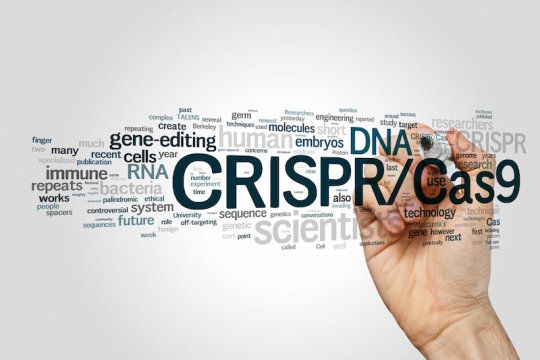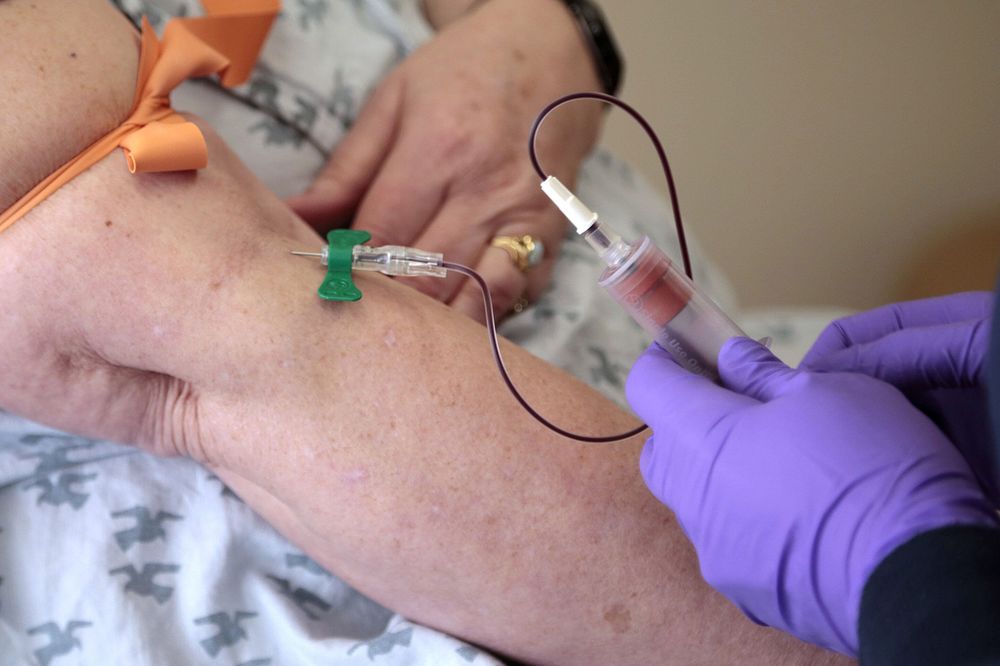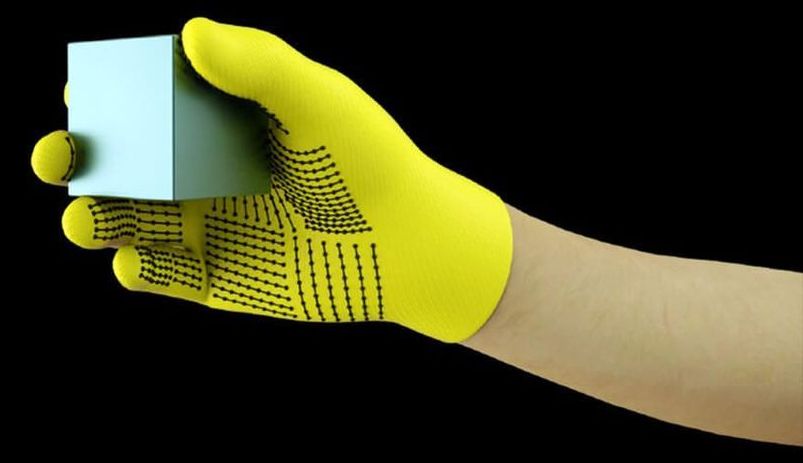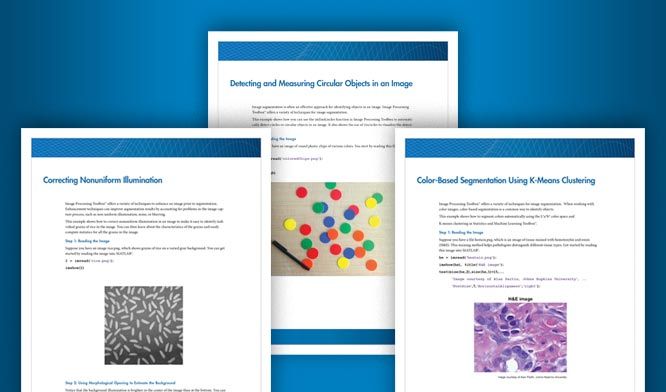The past year or so has seen an energetic debate over whether or not new neurons are generated in the adult human brain, a process known as neurogenesis. This process is well known and well studied in mice, and thought to be very important in the resilience and maintenance of brain tissue. The human data has always been limited, however, due to the challenges inherent in working with brain tissue in living people, and it was assumed was that the mouse data was representative of the state of neurogenesis in other mammals. In this environment, the publication of a careful study that seemed to rule out the existence of neurogenesis in adult humans produced some upheaval, and spurred many other teams to assess the human brain with greater rigor than was previously the case.
So far, all of the following studies published so far do in fact show evidence of adult neurogenesis in humans. This is the better of the two outcomes, as the regenerative medicine community has based a great deal of work on the prospect of being able to upregulate neurogenesis in order to better repair injuries to the central nervous system, or partially reverse the decline of cognitive function in the aging brain. The study here is particularly reassuring, as it shows that even in very late life there are signs that new neurons are being generated in the brain.







